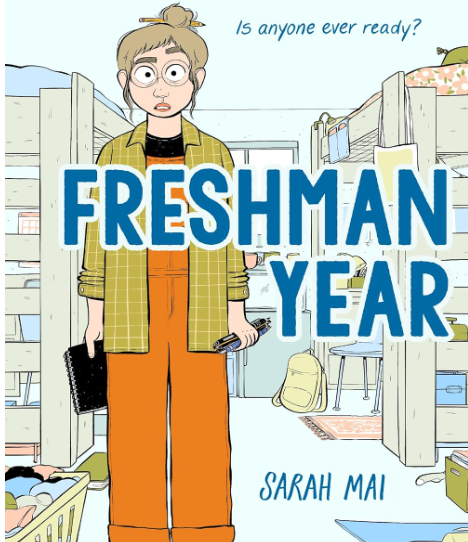Blog Post 7
In Chapter 7 of AW, the common elements of structure, language, and reference in the humanities were discussed. The structure in the humanities is typically thesis driven. The thesis is usually built off of research questions. It follows a five paragraph essay structure. It starts with a thesis, likely to be found in the introduction paragraph. Then followed by body paragraphs that include evidence of the claim. At the end there is a conclusion that is a summary and includes key points of the writing. Titles are also an important part of the structure. The author of AW describes titles to be creative and artistic. Transition words are used to think back to the thesis and to back up the reasoning behind the claim.
In the sample text, Ray starts with a Thesis statement and then goes into her body paragraphs that give supporting evidence from the text about the author’s view on marriage, specifically oppressive ones. At the end of her writing she has a conclusion paragraph that sums up the key points in the text that back up her claim. In between each of her paragraphs she uses transition statements and words that help her writing flow. For example she says “Chopin goes on to emphasize…”.
Language in the humanities is “flowery” language. There is a lot of use of figurative language. Typically authors will write in an active voice to clearly state the subject. Hedging is used to show possibilities of exceptions in claims.
In the Rays’ writing, there are some examples of hedging. Especially when she is referencing the author’s claims. She says things like “seem to”. In the sample text, the author uses an active voice. We know this because she clearly states the subjects in her writing.
Reference in the humanities often entails incorporating references of other’s work to show the relevance of the topic. Referencing articles can show the author’s standpoint on the topic. Citations are usually done in Modern Language Association, and Chicago Manual of Style.
On the works cited page of the sample paper, Ray’s citations are done in MLA format. She uses in text citations from the other authors’ work to back up what she explains about Kate Chopin’s writing.

This was way easier to read than the actual chapter of AW, those chapters are so long and boring if you ask me. Being able to read the same information in not as many words is a god send to be honest. Do not get me wrong I love reading but a text needs some sort of pizzazz ya’know, or else it is boring and a struggle to read through. Moving on to the subject of the post, humanities vary from the sciences in quite a few ways. The purpose behind the paper for one, humanities being thesis driven and sciences being hypothesis driven, Language also is different between the two, humanities are “flowery” while the sciences are more to the point.